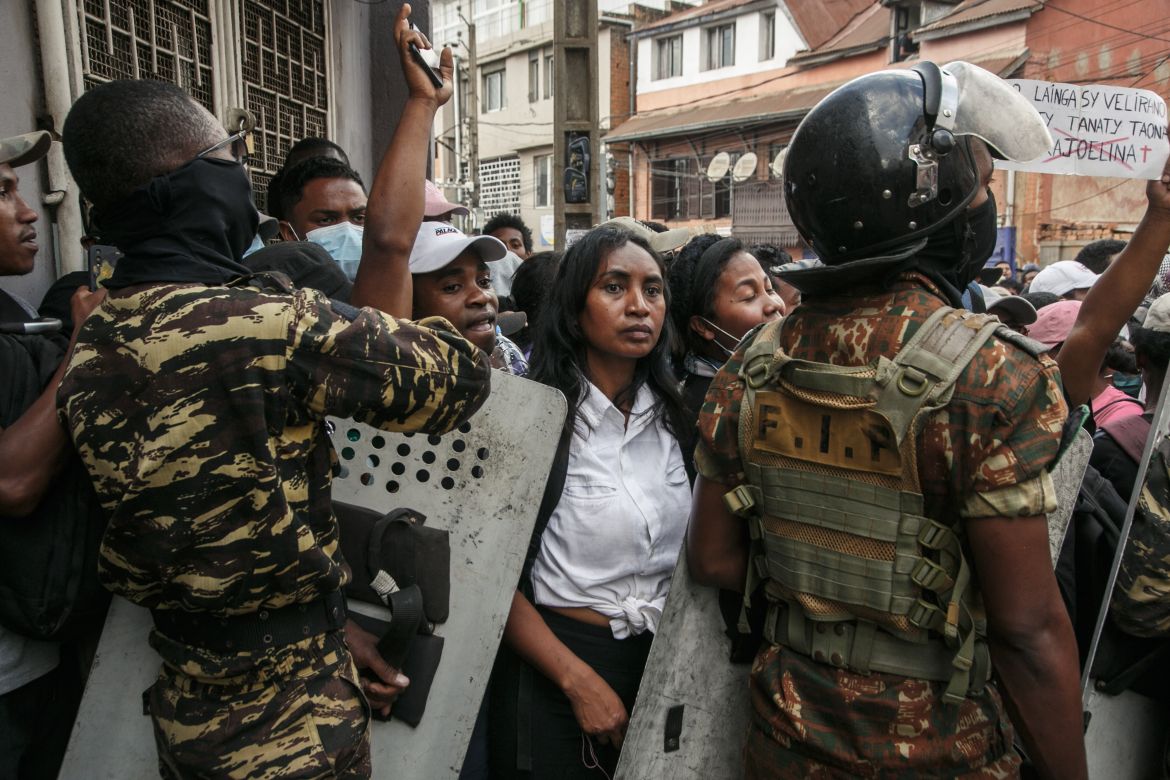In Pictures
Madagascar protesters return to streets as government dissolves
Youth-led protests over water and electricity continue in Madagascar, despite government concessions.

By News Agencies
Published On 1 Oct 20251 Oct 2025
Save
Security forces used tear gas to disperse hundreds of young protesters in Madagascar’s capital who took to the streets again, despite the president’s decision to partially yield to their demands by dissolving the government.
President Andry Rajoelina appeared on state television late on Monday and said he wanted to create space for dialogue with young people pressing for access to water and an end to power cuts, and promised measures to support businesses affected by looting.
In a message on the protest movement’s Facebook page, some of the organisers said they were disappointed by his speech and demanded an apology from him and the now-dismissed prime minister, as well as the dismissal of the administrator of the capital, Antananarivo.
Others went further, waving placards with messages such as “We need water, we need electricity, Rajoelina out”.
The United Nations said at least 22 people were killed and more than 100 injured in protests that began last week and are now in their fourth day.
The Ministry of Foreign Affairs has rejected the casualty figures shared by the UN, saying the data did not come from competent national authorities and were based on rumours or misinformation.
Footage broadcast on the privately owned channel Real TV Madagasikara showed protesters marching on Tuesday in the capital, Antananarivo.
Protesters also marched in Fenoarivo, a small town 20km (12 miles) west of the capital.
Rallies were reported in Mahajanga, 510km (315 miles) northwest of Antananarivo, and in Diego Suarez, 950km (590 miles) north of the capital, according to local media.
Inspired by the Gen Z protests in Kenya and Nepal, the four days of demonstrations have been the largest the Indian Ocean island has seen in years, and represent the most serious challenge Rajoelina has faced since his re-election in 2023.
Advertisement
Rajoelina first came to power in a 2009 coup. He stood down in 2014 but became president again after winning the 2018 election, and secured a third term in a December 2023 poll that his challengers said was marred by irregularities.

Advertisement





Advertisement

